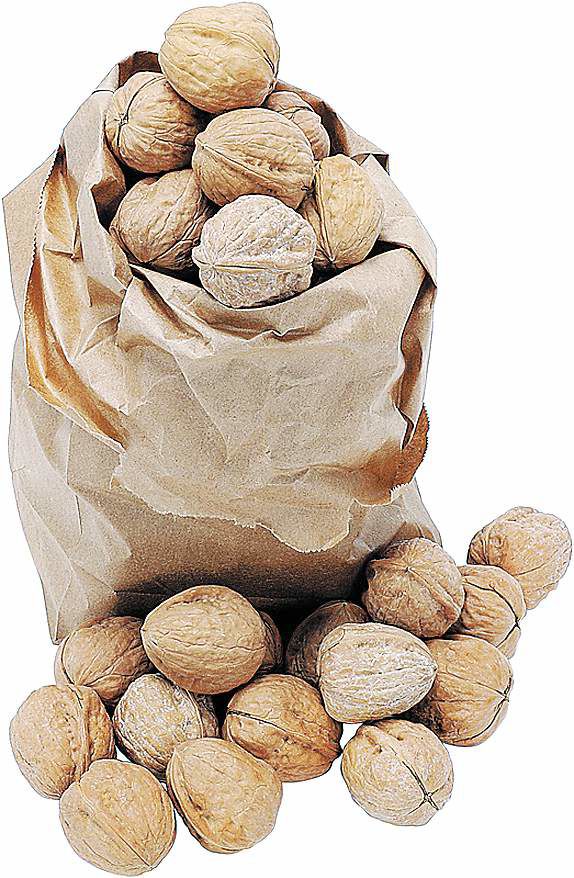Are you nuts enough to answer these questions?
Published 5:00 am Thursday, July 15, 2010

- Thinkstock
There are a lot of nuts out there. And they can impact your health. This quiz is adapted from a “nutty test” that appeared in the recent Wellness Letter from UC Berkeley and information from the International Tree Nut Council www.nuthealth.org, which encourages us to “Go nuts every day!”
1. To get the health benefits of nuts, you need to: a) own a walnut orchard; b) eat 1 to 3 ounces of nuts a day; c) not eat the whole bag of honey roasted peanuts. Answer: b.
2. One ounce is the same as a) 14 walnut halves; b) 19 pecan halves; c) 24 almonds; d) 49 pistachios. Answer: All are correct.
3. In more than 30 randomized controlled trials, nuts have been shown to: a) lower total cholesterol; b) lower LDL cholesterol; c) lower hunger. Answer: All are correct and attributed to the protein, fiber, and healthful fats contained in nuts.
4. Regular nut eaters tend to be a) thinner; b) less likely to have diabetes; c) more fun at parties. Answer: a, b.
5. True or False. Nut butters have the same nutritional advantages as whole nuts. Answer: True … IF the nut butters are just ground up nuts. Check the label for unneeded sugar, salt, or unhealthy trans fat.
6. A whole day’s supply of selenium — a potent antioxidant mineral — can be found in a) a field in western Nebraska; b) one Brazil nut; c) 55 micrograms. Answers: b, c. (Caution: selenium can be toxic in doses higher than 400 micrograms a day.)
7. Macadamia nuts are named for a) the macadamia bird that eats them; b) John McAdam, the man who first cultivated these nuts; c) the Hawaiian word for “yummy when covered with chocolate.” Answer: b.
8. Compared to other nuts, almonds contain more a) calcium; b) fiber; c) advertising from the Almond Board. Answer: All are correct.
9. English walnuts a) were never grown commercially in England; b) were first cultivated in California by Franciscan fathers; c) contain the highest amount of healthful omega-3 fats of any nut. Answer: All are correct.
10. The “Pistachio Principle” is: a) the head of your high school eating a bag of nuts; b) a method to “fool” the body to eat less and feel full faster demonstrated by Dr. James Painter, a behavioral eating expert from Eastern Illinois University; c) the act of taking nuts (such as pistachios) out of their shells and eating them one by one. Answers: b,c.
11. Peanuts a) are legumes that think they are nuts; b) a better choice at the ball park than hot dogs; c) a good source of resveratrol, the health-promoting compound found also in grapes and red wine. Answer: All are correct.
12. Nutritionally, the best nuts are: a) unsalted; b) a variety of all kinds; c) eaten one ounce at a time. Answer: All are correct.






